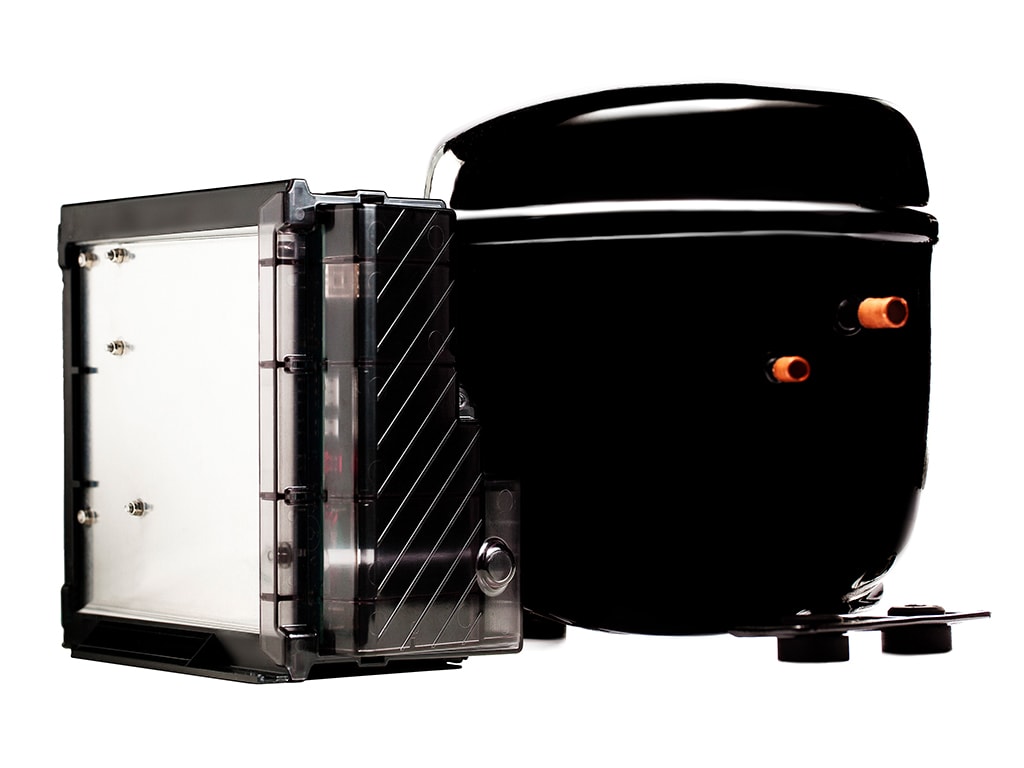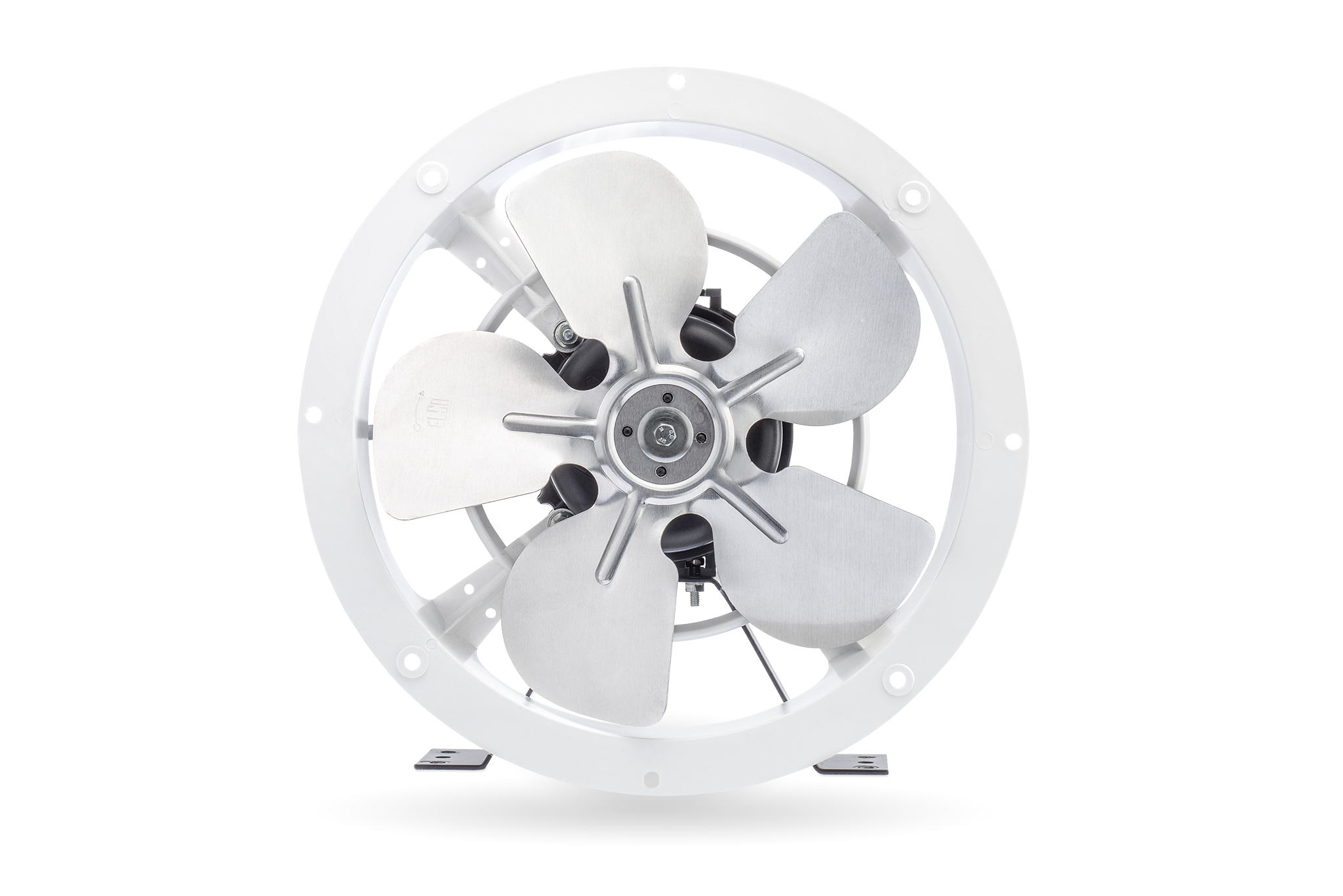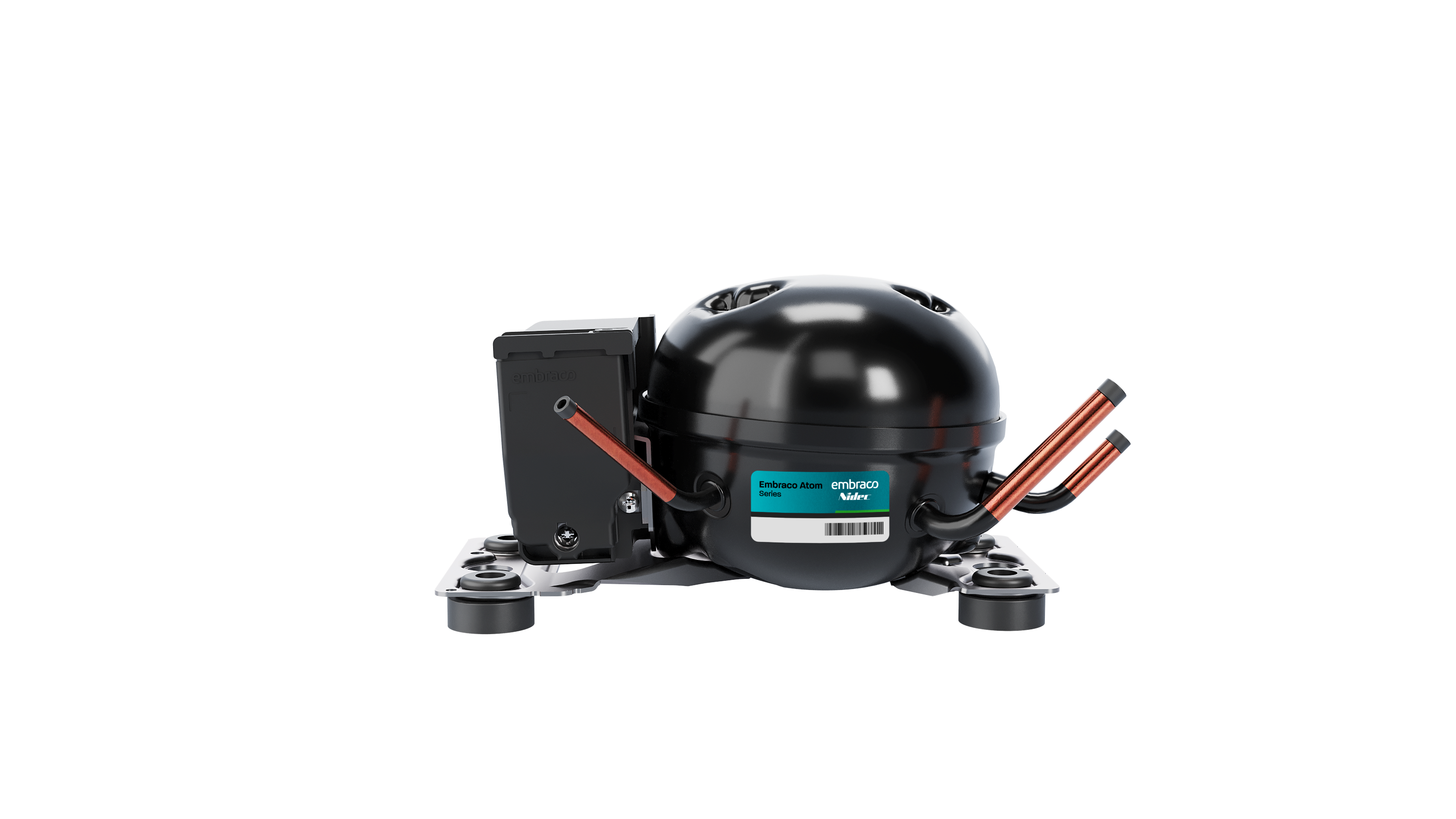The compressor is in a constant state of evolution and some trends are just waiting around the corner to bring new scenarios to the industry
As you have read in the last edition our article on compressor evolution, this device has changed a lot throughout the years. It has involved a series of different aspects, such as energy efficiency, change in refrigerants, size reduction and better acoustic perception, motivated by four main drivers: governmental regulations and sustainability (to reduce energy consumption, protect the ozone layer and, more recently, to face global warming), competitiveness and customer satisfaction.
All these lines of improvement keep being promises of future evolution. Some issues are always on the table, such as energy consumption. The energy efficiency gains in compressors so far, for example, have contributed to reduce 30% to 40% of the energy consumption in the last 20 years. But the refrigeration industry never stops researching for better results. The same goes for the reduction in size of the compressors and the improvements in their acoustic performance. There will always be new frontiers to be overcomed in these areas. But some trends are going to be more prominent in the near future.
Natural refrigerants
“The trend is going towards lower environmental impact refrigerants”, states Marek. “It is not a quick process but it is progressing, so all the global community is making small steps toward reducing the impact of the refrigeration industry on the environment, not only by using lower impact refrigerant, but also increasing efficiency of the systems”, says Marek Zgliczynski, Nidec Global Appliance Research and Development (R&D) Director. Fortunately, natural refrigerants are more efficient by themselves, so if you go for natural refrigerants you have a winning combination: at the same time, more efficiency and lower environmental impact.
Just to bring back some context: “With the Montreal Protocol, in 1987, it was agreed among the participant countries that the world has to protect the ozone layer, and it had a great impact on the compressor industry”, says Jozef Sedliak, R&D Senior Leader – Large Projects. From 1989 on, when the protocol entered in force, the CFCs (Chlorofluorocarbons), used as refrigerant gases by the refrigeration industry until then, have gone through a phasing out schedule. In many cases, they were substituted by HFCs ( hydrofluorocarbons), which, in future studies, proved to be greenhouse gases. So, in 2016, at the 28th Meeting of the Parties to the Montreal Protocol in Kigali, the Parties to the Montreal Protocol adopted the Kigali Amendment whereby the Parties agreed to phase down also HFCs under the Montreal Protocol, with a time frame that goes until 2047.
Embraco, now a brand of Nidec Global Appliance, sees natural refrigerants as the way forward in this sense, and has been a pioneer in the development of compressors using natural refrigerants, having started it 25 years ago.
Variable speed compressors
“In some sectors variable speed compressors are not a trend anymore, it is already a reality, like in air conditioning”, explains Peter Buksar, R&D Senior Leader – Technical Support. He adds that in commercial refrigeration it is a trend that is gaining momentum now. “For example, in big supermarkets, they understood that a less efficient cabinet inside the store means more air conditioning to cool the shop down”, exemplifies Marek.
Variable speed compressors, also known as inverter technology or VCCs, come with an embedded set of electronics that allow the compressor to control its working speed, decreasing it when the ideal temperature has been achieved and also increasing it when there is need for more cold. It provides better temperature control, lower noise and energy efficiency and can, alone, reduce energy consumption between 30% to 40% in comparison with conventional fixed speed compressors. That is because conventional compressors turn off when the ideal temperature is reached, and turn on again when there is need for more cold – which requires a big amount of energy.
VCCs have yet another gain added to efficiency. “The majority of our customers are using VCC for two main reasons: one to improve the energy consumption and, secondly, for very good behavior in the low voltage situations. In many countries, it is normal that the voltage drops down way below the nominal standard voltage. If you have an on-off standard compressor, it may not even start, but a variable speed does”, explains Peter. “So, customers used to have a fixed speed (on-off) compressor connected to a voltage stabilizer, which also had a cost. Now, they have a double gain with the VCC. Their equipment is able to start in very low voltage situations, plus it gives between 30% to 40% energy consumption reduction”, he adds.
Electronics
As everything in the world today, compressors have also entered the digital transformation trend. The electronics in VCC allows it to be connected to mobile devices and have its performance controlled and managed remotely, allowing for example preventive maintenance of the appliance in the field. “Interesting examples of this technology in commercial refrigeration are: a scientific refrigeration customer, producing ultralow temperature freezer, minus 90 degrees Celsius, for biomedical applications and then we have a customer supplying freezers for supermarkets, very simple, but they are using our serial control mode of variable speed compressors and they are able to control how these compressors are running, through a cell phone, from a different side of the world”, explains Peter.
The compressor electronics is another line of evolution in the compressor. “We had so far three modes for VCC electronics, and now we came up with a fourth to give customers another option, which is the Smart Drop In. Basically it works with a traditional thermostat and allows the manufacturer to optimize the system performance”, he adds.
Energy integrated system
“The next frontier, in my opinion, is to have an integrated energy management”, includes Marek on the trends list. “You have to try to use your energy in a clever way, for example: now, is becoming more popular the waterloop system, which is instead of having air to remove the heat from the condenser, you can have a water heat exchanger, and then, if you have the hot water, you can use it for other means”, he completes. “If you go to a large scale, this integrated energy management can save a lot of resources”, he concludes.



